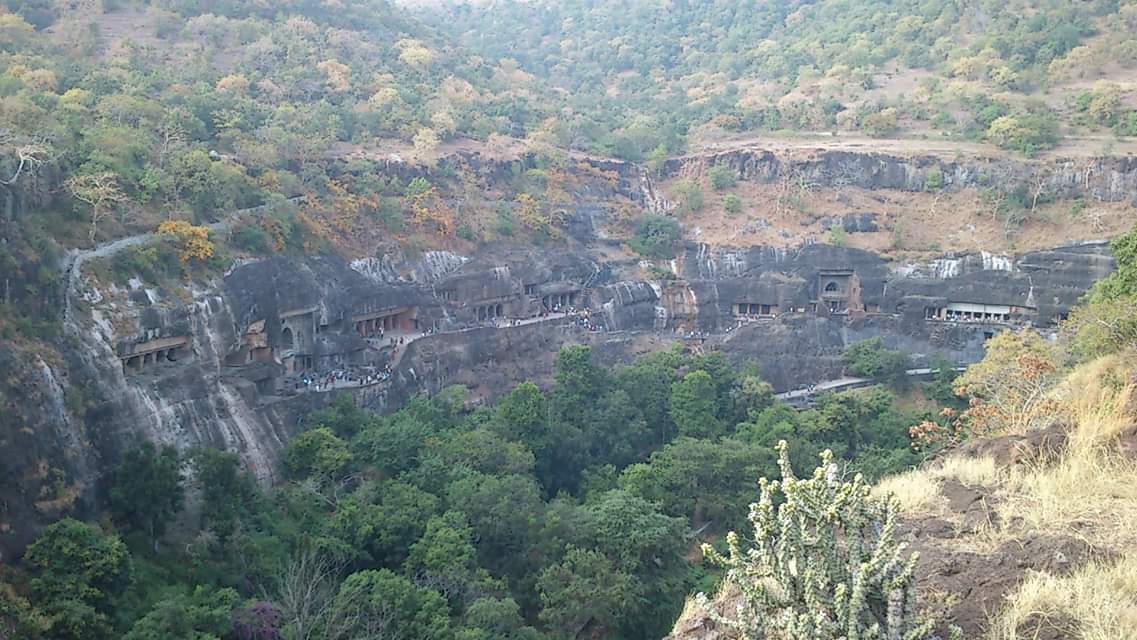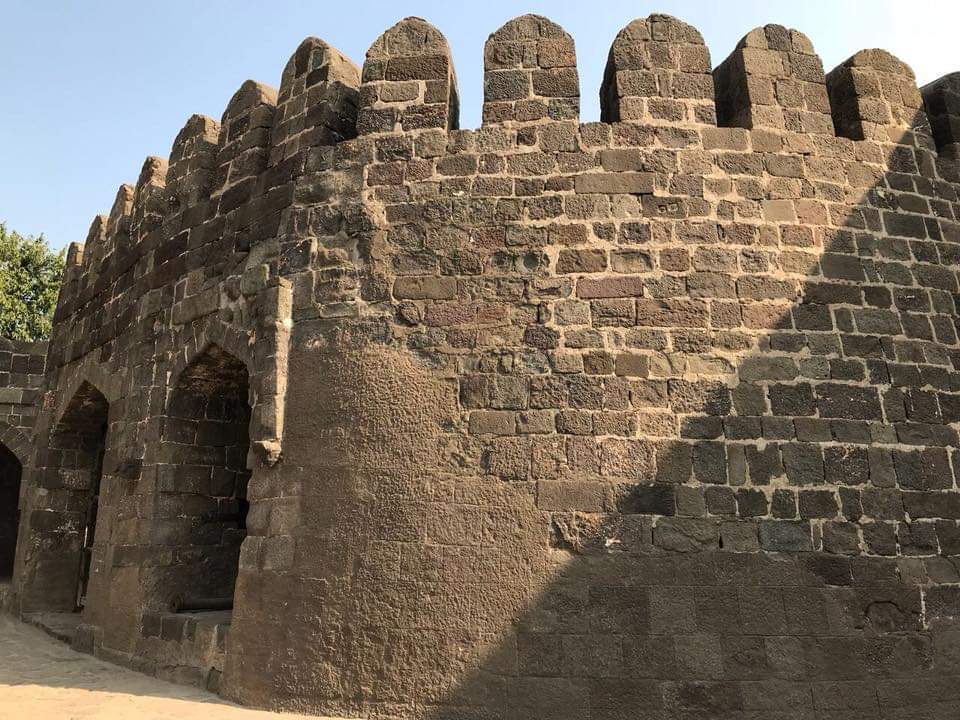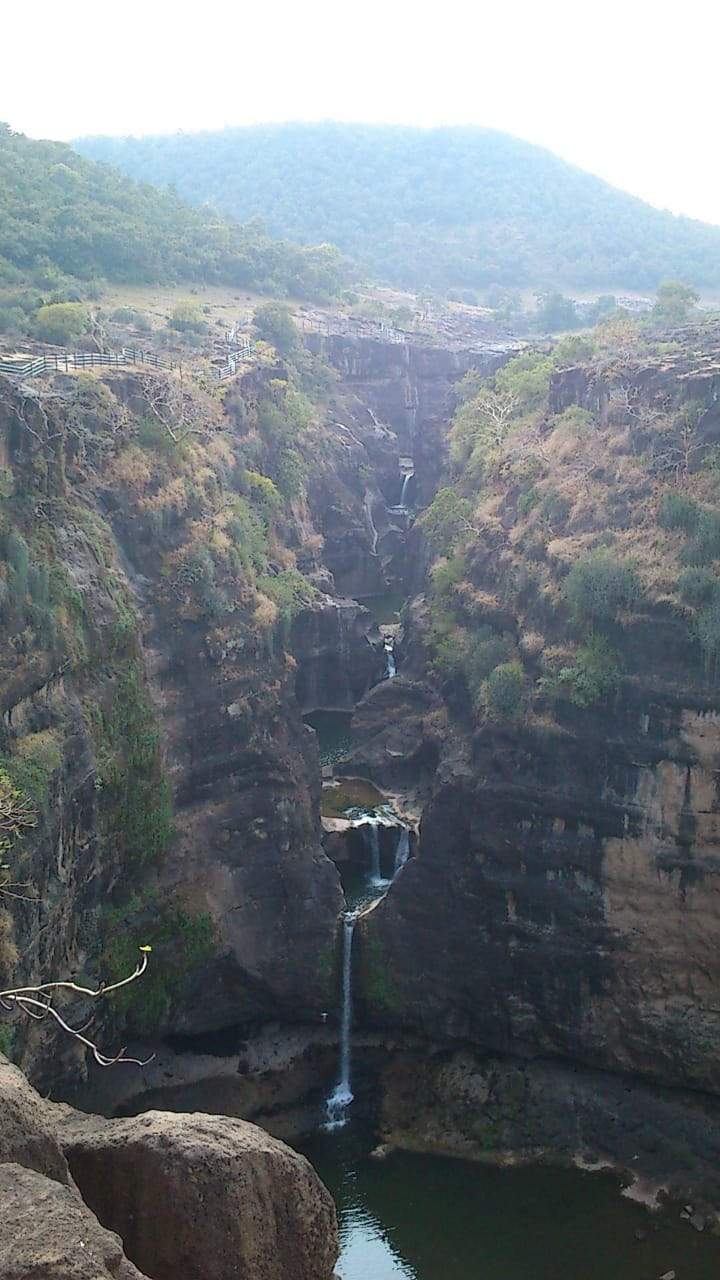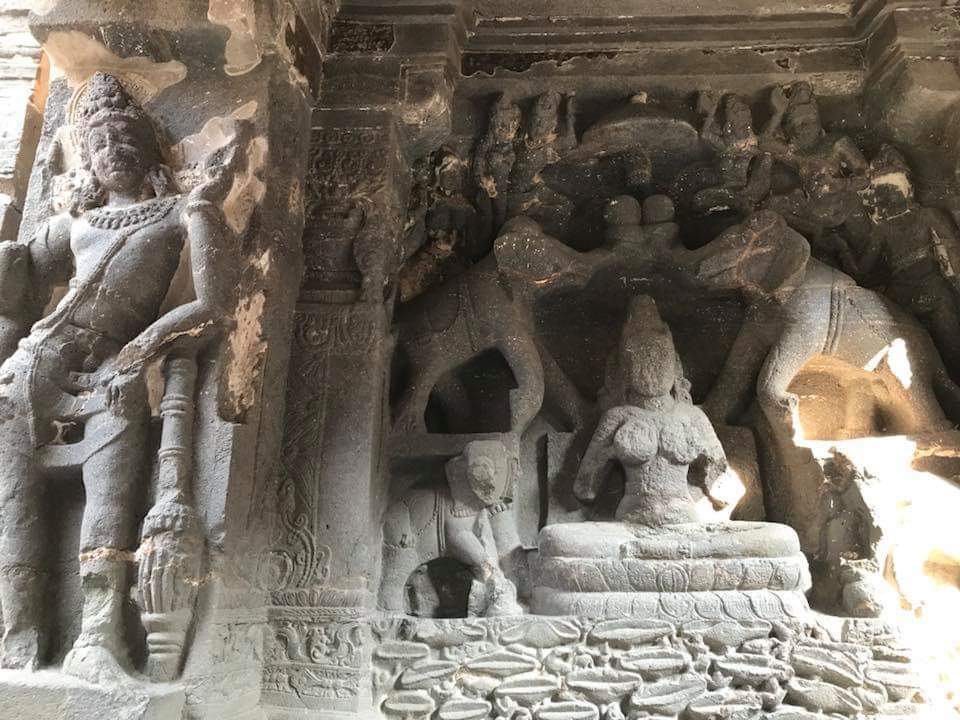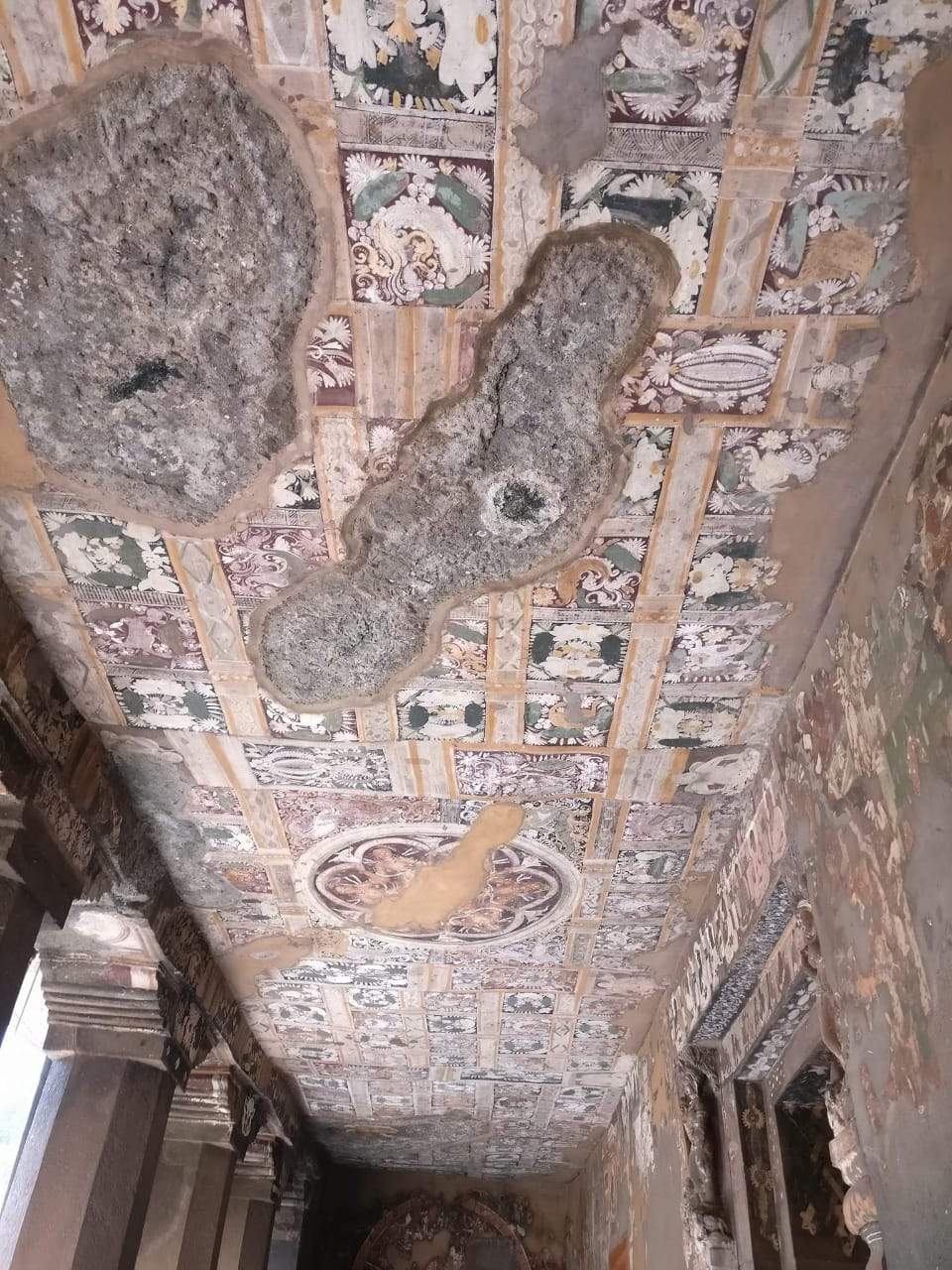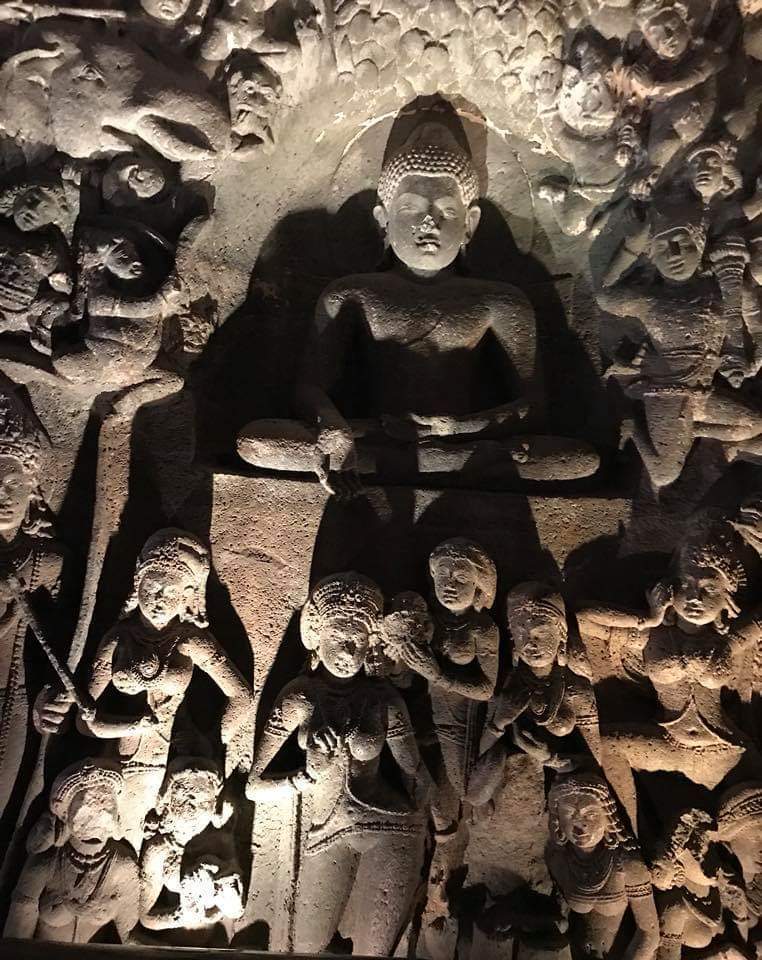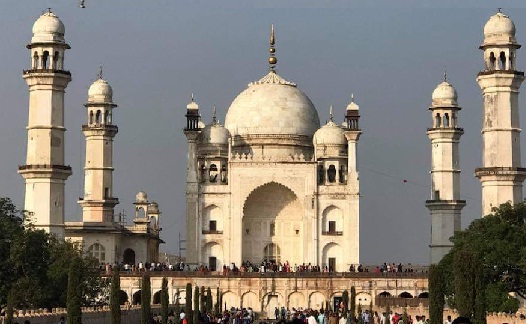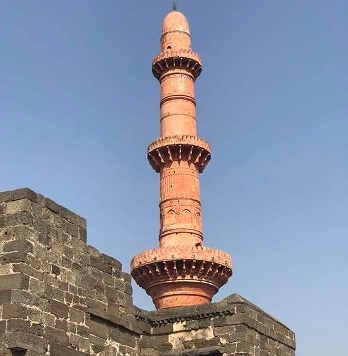| Destination: Aurangabad |
| Destination Type: History, Arts & Culture |
| City: Aurangabad |
| Country: India |
- Private Tour - Ajanta Caves Sight Seeing Full Day Tour - Aurangabad/Maharashtra
- Ellora Caves + City Sight Seeing Full Day Tour - Aurangabad/Maharashtra
- Ajanta & Ellora Caves Full Day Sight Seeing Tour - Aurangabad/Maharashtra
- Private Transfer Aurangabad Airport to Hotel (IXU) With Driver
- Private Transfer from Aurangabad airport /Hotel to Shirdi
- Private Transfer from Aurangabad airport /Hotel to Jalgaon
- Private Transfer from Aurangabad airport /Hotel to Pune Hotel
- Private Transfer from Aurangabad airport /Hotel to Ahmednagar Hotel
REACHING AURANGABAD: Accessible by air, rail and road, Aurangabad is a convenient base for visiting Ajanta, Ellora and nearby places. By air it is directly linked to Delhi & Mumbai. By rail directly linked to Mumbai and Pune. Jalgaon, a railhead on Central Railways, is 59 Kms from Ajanta. By road, via Nasik-Manmad, Mumbai-Aurangabad distance is 388 Kms., while via Pune it it 400 Kms. The Delhi-Aurangabad distance by road via historical cities such as Mathura, Agra, Gwalior, and Indore the Ajanta Caves are 1323 Kms. By rail you can reach Jalgaon or Purna in Nanded district and from there reach Aurangabad by road.
Globally known as a favourite destination because of its proximity to the Ajanta and Ellora caves, Aurangabad serves as a major tourist hub that offers a wide array of network services to visit some of the most important attractions around it. Also, as a city, Aurangabad fascinates with its culture and lifestyle, offering discerning tourists a wide gamut of hospitality.
Recently declared the ‘Tourism Capital of Maharashtra’, Aurangabad is an important hub in the state’s tourism sector with its close connection to such significant tourist destinations as caves of Ajanta and Ellorawhich have been declared ‘World Heritage Sites’ by UNESCO as well as the famous Mughal monument Bibi ka Maqbara. One of the fastest growing cities in Maharashtra, it is also emerging as a prime industrial city. The city is linked with Mumbai by air, rail and road and an excellent road network connects Aurangabad with the rest of the state. Apart from Ajanta and Ellora, the city also serves as a transit point for Pitalkhora, Daulatabad, Khultabad, Paithan and Shirdi.
The historical caves of Ajanta are situated at a distance of 6.5 kilometers from Fardapur, a village that is 101 kilometers in the northern direction of Aurangabad and just 55 kilometers from Jalgaon. There is a regular bus service to the caves up to the T-Junction which is 4 kilometers short of the caves. Maharashtra Tourism Development Corporation (MTDC) offers accommodation in resorts near this junction and semi-luxury and regular accommodation at Fardapur.
There are 30 Buddhist caves at Ajanta out of which five are ‘chaityagrihas’ and the rest ‘viharas’. These caves, dated from 2ndcentury BCE to 6thcentury CE are adorned with beautiful sculptures and paintings. Ajanta is located on an ancient trade route known in historic literature as ‘Dakshinapatha’. Most of the donors at Ajanta, especially of the earlier caves, were traders. The site received support from the mightiest donor during its second phase and that was the royal patronage of the Vakatakas. Ajanta is known for its narrative murals based on Buddhist themes like life scenes from the Buddha, Avadana stories of Bodhisattva, Jataka stories and panels based on Mahayana themes from Vaipulya Sutras.
One of the most fascinating archaeological sites in Maharashtra, Ellora dates back to the Rashtrakuta dynasty, about 1,500 years ago, and is the epitome of Indian rock-cut architecture. The 34 caves are actually structures excavated out of the vertical face of the hills of Charanandriand you will find here evidence of Buddhist, Hindu and Jain ‘viharas’ and ‘mathas’ which tell the story of how social and economic order was often represented through religion. The caves of Ellora are located 31 kilometers from Aurangabad. The closest government guesthouse near Ellora is in Khuladabad on the way from Aurangabad.
Another place worth visiting is the Grishneshwar Mandir, about 30 kilometers from Aurangabad. It has one of the 12 ‘jyotirlingas’ of Lord Shiva in India and it is believed that the temple was restored by Chhatrapati Shivaji’s ancestor Malojiraje Bhosle in early 17thcentury. The present temple was built by Ahilyabhai Holkarof Indore in 18thcentury CE. The structure offers a unique example of Bhoomija architecture with influences of Maratha style.
Further, the forts of Daulatabad and Khultabad, 16 and 24 kilometers from Aurangabad, are on the way to Ellora and are popular destinations in this region. The Daulatabad Fort is an impressive monument, founded by the Yadavas of Deogiri in 11thcentury AD. In 1296 AD Alauddin Khilji defeated the Yadavas and when Muhammad-bin-Tughluq succeeded the Khiljis at Delhi, the fort was renamed from Deogiri to Daulatabad. In AD 1328 the capital was shifted from D
- Ajanta (Aurangabad)
- Daultabad (Devigiri) Fort (Aurangabad)
- BIWI Ka Maqbara (Aurangabad)
- Ellora Caves
- Khuldabad
- Bibi ka Maqbara
- Panchakki
- Aurangabad Caves
Aamsari Temple
Aamsari near Ajintha (Buldana), next to Seona, is an ancient Shiva Temple near to Ajanta Caves. It is mostly deserted from all surroundings. This temple finds an important mention in the vedic scriptures. Scenic Amber Lake is not far away from this location.
Anwa Temple
Anwa Temple is located 10 km away from Golegaon near Aurangabad, Maharashtra. Presiding deity is Lord Shiva, and the temple dates back to 12th century. The temple has a sanctuary and a mandap (open hall) with decorated pillars. Anwa is a small village on the main road leading from Aurangabad to the Ajanta Caves.
Anwa village gained importance because of Anwa Temple. The pillars of the temple has beautifully carved sculptures and decorated pillars. The temple has also images of Vishnu, Ganesha and other divinities.
As Anwa is very close to Ajanta, it is very convenient to travel by road from Golegaon. Private car or taxi is the best mode of transport. For accommodation small budgeted hotels are available at Ajanta. One can also stay at the government guesthouse.
Rudreshwar Temple
Rudreshwar Temple is a very picturesque place with a waterfall and hill view Rudreshwar Cave is about 3 kilometers away from Vetalwadi fort. The beautifully carved 5'" and 6'" Century monsoon refuge caves of the Buddhist monks leaves you spellbound. Best Visit Time Aug to Dec.
Proximity from the resort: 20 km.
